Are you dreaming of a lush vertical garden filled with flowers, vegetables, and greenery to brighten your home but don’t know where to start?
Before beginning your vertical vegetable garden plan, this guide will review everything you need to consider. From choosing the right plants for outdoor or indoor locations, optimum placement for sunlight and drainage requirements, container selection, and tips on getting started – all the details are here so that even beginner gardeners can succeed!
So please read on, and let’s get started today, transforming an ordinary area into something special with your unique vertical garden.
What Is Vertical Vegetable Gardening?
Vertical vegetable gardening is a method of gardening in which vegetables are grown vertically on columns, shelves, or other three-dimensional structures.
It allows gardeners to maximize their outdoor growing space by utilizing otherwise dead vertical areas such as walls, fences, and trellises. Vertical vegetable gardens require fewer nutrients and use soil efficiently for better growth, making them more resilient than traditional growing methods.
This gardening style also looks aesthetically stunning, adding vibrancy and life to the garden with its colorful crops. Vertical gardening is also easier to maintain than traditional gardens, making it easier for gardeners of all ages to tend their crops.
Benefits of a Vertical Vegetable Garden
A vertical vegetable garden is an excellent way for urban gardeners to grow their food. Not only does this type of gardening save valuable space, but it also has many other advantages, such as:
1. Increased yields
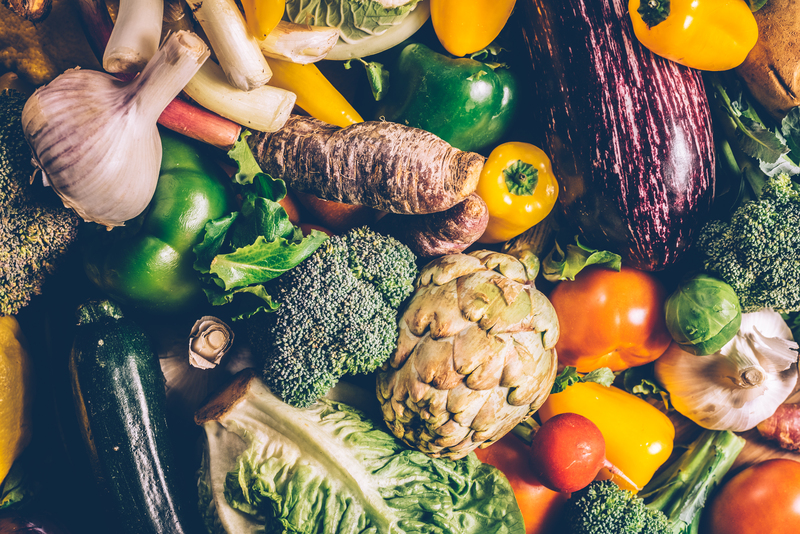
Vertical gardens are a smart option if you want to maximize the harvest of vegetables in areas with limited space. The plants grow upward instead of outward, allowing you to fit more in small plots.
It also helps to group companion plants that are closely related and need similar growing conditions, such as tomatoes, pole beans, peppers, and eggplants. This ensures all the plants get an equal balance of essential water and nutrients.
Additionally, having a vertical garden means you can quickly move them around or adjust their position should they become exposed to too much sunlight or inclement weather.
In sum, vertical garden designs are great for maximizing successful harvests in cramped spaces without sacrificing quality or taste.
2. Reduced water needs
With a vertical space for vegetables, water runs downwards and is recycled in the soil below with little waste. This means you can use far less water than a traditional garden, saving money on bills and reducing the ecological footprint of your garden overall!
A drip watering system is usually the best option for a vertical garden, as it can be easily adjusted to the needs of the different vegetables.
3. Easier maintenance

Vertical vegetable gardens are much easier to maintain than traditional gardens. Due to their height, they require less weeding and pruning – a massive plus if you don’t have enough time or energy for regular gardening.
Additionally, the vertical garden design makes it easy to spot and address potential issues before they become significant problems. This is great for novice gardeners learning to take care of their crops.
When crops grow vertically, they are also less susceptible to disease and pests, as the leaves and stems don’t come into contact with each other or the ground.
4. Aesthetically pleasing
Growing vertically adds unique color and texture to an outdoor area. The garden can be customized with various colors, shapes, and sizes to create a beautiful art piece that will dazzle any passerby.
Moreover, vertical gardens are much more aesthetically pleasing than traditional gardens – the elevated rows or gutter garden fences allow you to admire your crops from afar.
Hanging baskets, vertical trellis, and other structures also bring life to a dull corner of your yard, adding natural beauty to the area.
Getting Started With Your Vertical Vegetable Garden
If your mind is boggled with vertical vegetable garden ideas, then you’re in the right place! Before you start, however, it is important to note these basic guidelines:
1. Consider crops that naturally climb or vine
Growing crops vertically is an increasingly attractive technique for maximizing the space available in a garden. This method requires vegetables that naturally climb and vine, such as bush beans, pole beans, cucumbers, squash, and melons.
Growing crops increases a gardener’s space efficiency by utilizing vertical space rather than only the horizontal ground bed. It is also much easier to manage pests that prefer vining plants when placed off the ground in trellises or on other support systems.
Furthermore, in cooler climates where thermophilic vegetables may not survive if planted directly in the soil, growing them vertically allows gardeners to mimic milder conditions in which such plants thrive. Vertical gardening is an excellent way for gardeners to increase their yields with little effort.
2. Choose the proper containers or structures
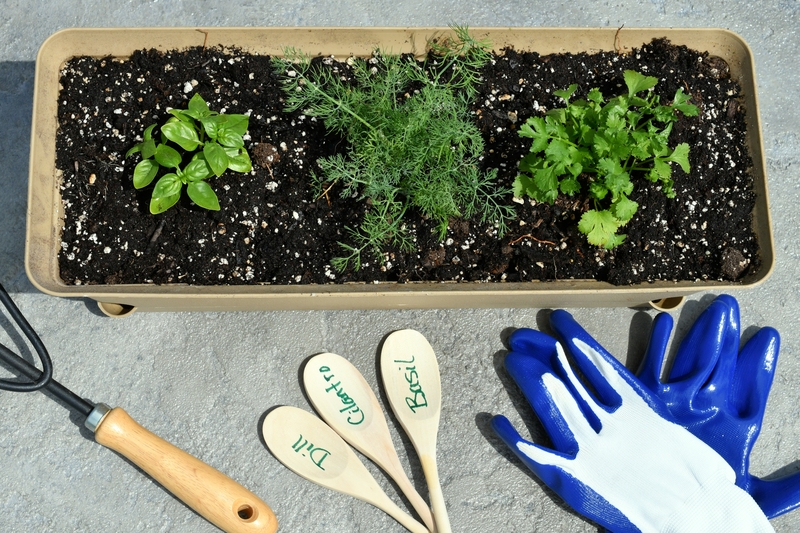
Building a vertical vegetable garden requires suitable materials to ensure the plants stay upright. Potted plants can be hung in baskets with wires or poles to form a high row of crops. Window boxes can also be filled with soil and planted with crops for a more aesthetically pleasing effect.
For larger spaces, a wooden trellis or simple fence can create rows of vegetables in a raised bed. This will provide enough room for the plants to grow upwards without too much effort on your part.
3. Get the right soil
Soil is often a matter of trial and error in the gardening process. You can take extra steps to create the best nutrients to nurture your vertical garden plants by choosing a soil mix specifically designed for containers.
Adding organic material such as compost or peat moss can help ensure that your plants are well supplied with substances and microorganisms to promote root health. This is especially important when considering vertical gardens’ varying height and orientation, so double-check your soil!
4. Ensure proper watering
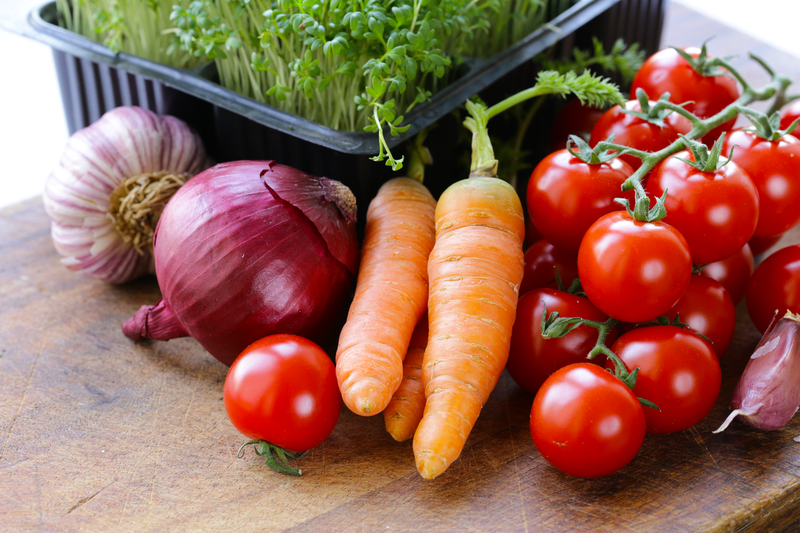
Water is a vital element in any garden, and it’s important to remember that the vertical design of your garden can increase the difficulty of adequately irrigating all crops.
To ensure even water distribution throughout the entire structure, you should use drip irrigation systems or simply water from the top down. Adding mulch to the soil may be beneficial, as this will help it retain moisture and reduce evaporation.
Finally, remember not to overwater your plant or vine crops – too much can lead to rotting or fungal diseases.
5. Don’t Forget Air and Sunlight
Air circulation, shade, and sunlight are all things to consider when making your vertical garden. Make sure that there is ample sunlight and air circulation between plants to promote healthy growth.
Also, some vegetables thrive better with partial shade, so please be careful about their specific needs as you plan your structure.
Additionally, growing food vertically can require more maintenance than other gardening techniques. You may need to regularly prune or trim your plants and tie them to their structures if they grow too wild.
Conclusion
Vertical growing is a great way to make the most of your garden space and get top-notch yields from the same amount of effort.
With thoughtful planning, the right materials, and proper plant care, you can create a captivating vertical vegetable garden that’s attractive, productive, and low maintenance.
Beyond admiring your garden’s aesthetic beauty, you will also enjoy the ease and efficiency of vertical gardening. Whether you’re an experienced gardener or just starting, these simple techniques can help you reap the rewards of having a bountiful harvest year after year.

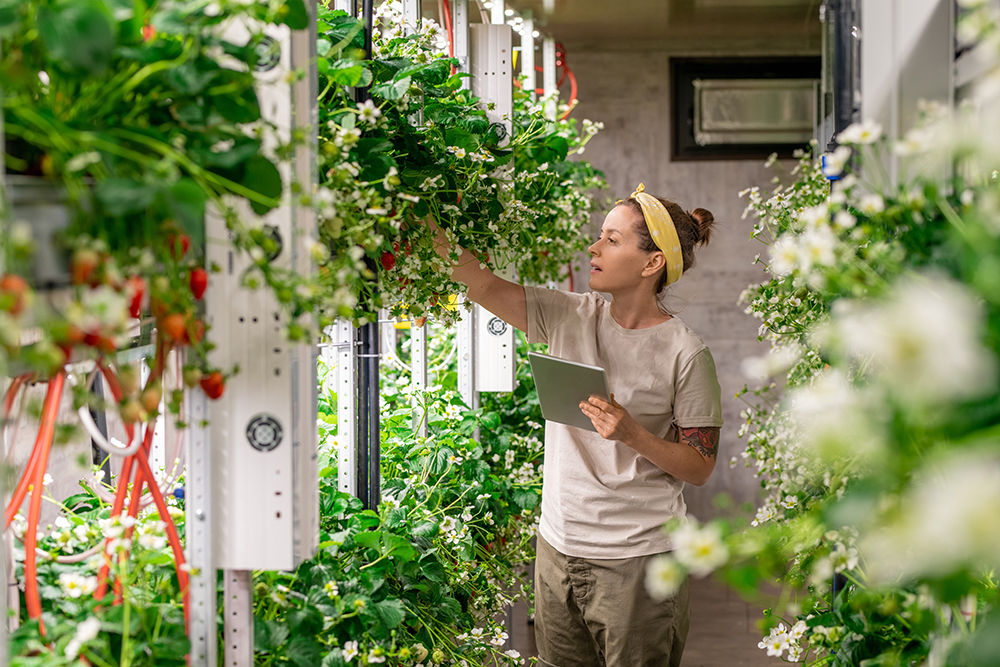
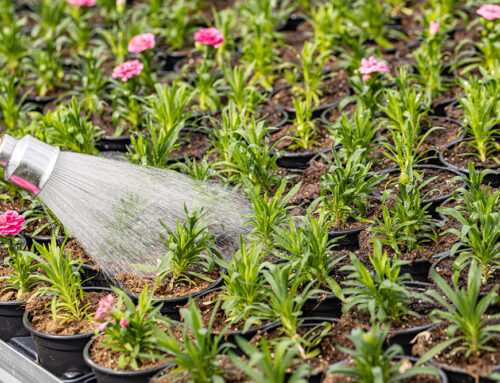

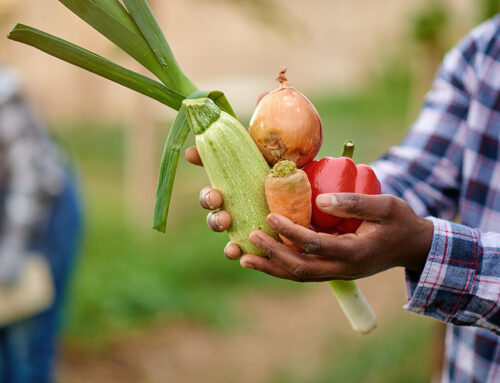
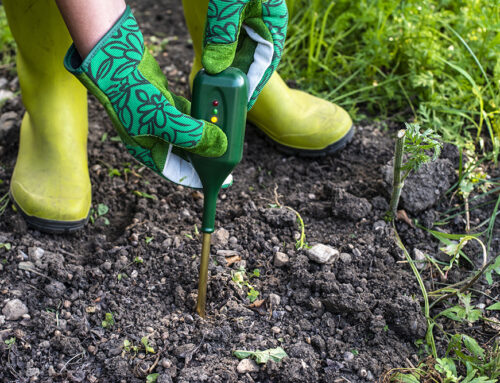

Leave A Comment